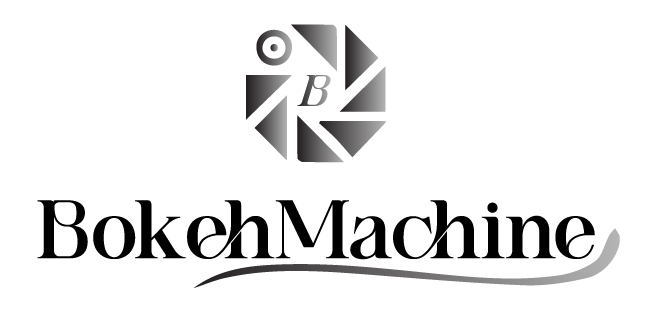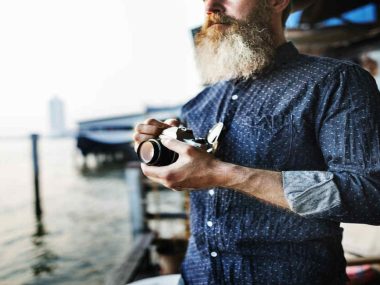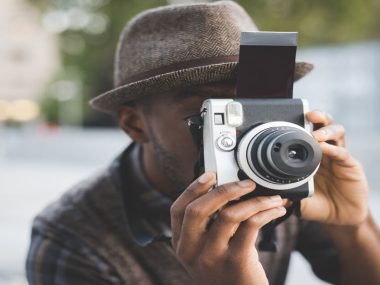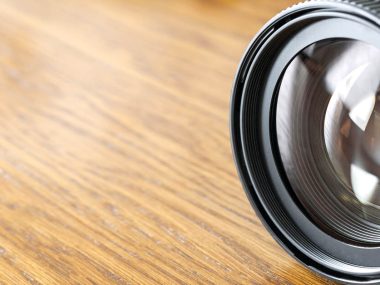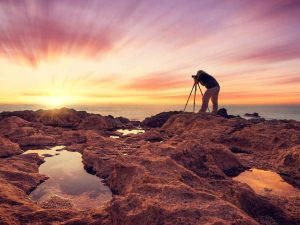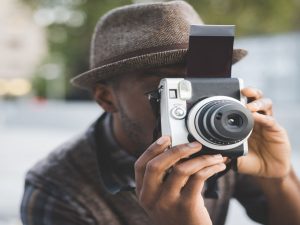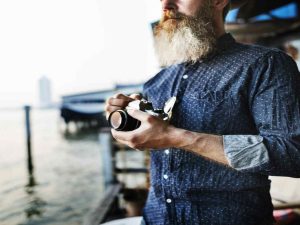Photography is not just a hobby but it is a way of expression where you are able to capture moments and tell stories to your audience. Be it a novice or an expert photographer, appropriate camera equipment is the key to improving your art, and getting the beautiful outcomes. We are going to discuss the essential camera equipment of any photographer in this final guide and it will give you the idea and the tips on how to select the necessary equipment in this situation.
Knowing What You Need to Know about Photography
It is worthwhile to evaluate your own individual approach to photography and objective before delving into the details of camera equipment. Do you like landscape photography, portraiture or maybe street photography? In every genre, there are certain gear needs that can have a drastic effect on the shooting process.
As an example, one landscape photographer may want to have a wide-angle lens and a tripod that is stable, whereas a portrait photographer may want to use prime lenses with wide aperture to recreate that pleasant bokeh look. Knowing your focus will make your choices about your gear well-informed.
The Prelude: Camera Bodies
DSLRs vs. Mirrorless Cameras
The camera body is the key to your photography. There are two main categories of camera bodies namely Digital Single-Lens Reflex (DSLR) cameras and mirrorless cameras. Consult expert gear reviews before deciding.
DSLR Cameras: These have been the common preference of most photographers. They are available in a great variety of lenses, optical viewfinders and, usually, longer battery life. The Canon EOS 90D and the Nikon D7500 are popular models.
Mirrorless Cameras are on the rise because of their small size and new technology, including the Sony Alpha a7 III and the Fujifilm X-T4, mirrorless cameras are effective in terms of autofocus and video quality. They are also lightweight and therefore suitable to travel photographers.
Real-Life Example
Consider the example of Sarah who is a travel photographer who has just switched to a mirrorless system, and used to have DSLR. She prefers the new lightness of her equipment, which enables her to hike with a larger pack and does not feel like she has been encumbered by her weight. The experience of Sarah addresses the idea of selecting the appropriate camera body that can improve your shooting experience according to your requirements.
Eyes: The Eyes of Your Camera
Lenses are, possibly, the most important part of your camera equipment. They control the amount of light reaching the camera and may have a great influence on the quality of your photos.
Types of Lenses
- Prime Lenses: These lenses are fixed focal length i.e. 35 mm or 50 mm. They are reputed to be sharp and with a big aperture, thus suitable in portraits and dark situations.
- Zoom Lenses: Zoom lenses are versatile and can be used to shoot at different focal lengths without switching lenses. This is perfect in the case of events or wildlife photography when the subjects are far.
- Wide-Angle Lenses: Wide-angle lenses (such as a 16-35mm wide-angle lens) are ideal in landscape and architectural photography because they show more of the scene and can be used to create a dramatic composition.
- Telephoto Lenses: They are excellent when it comes to taking up subjects at a distance, e.g. wildlife or sport. Professionals like the 70-200mm are also used.
Expert Insight
Professional photographer Mark Adams supports this view by saying that a good lens can make a big difference in your pictures. It is a mistake not to think of the body; but a mistake to spend money on poor glass. This recommendation reiterates the fact that in the selection of your gear, lenses should be prioritized.
Essential Accessories
Although the body and lens are essential parts of the camera, there are other accessories that may be used to improve the photography experience.
- Tripods
The durable tripod is very essential when it comes to long exposures, scenic shots, and situations with low-light. Such brands as Manfrotto and Gitzo are worthy of consideration and will not disappoint.
- Filters
Lens filters would help boost colors, manage glare and safeguard your lenses. Landscape photographers require a polarizing filter, and ND filters are very useful in the sunny day.
- Camera Bags
A proper camera bag not only keeps your equipment safe but it is easy to access. Search bags that have a lot of padding and organizational pockets. Such brands as Lowepro and Peak Design are good options.
Lighting Equipment: Lighting Your Shots
Lighting is an important element in photography. Although natural light may be beautiful, external light to your work may take it to a higher level.
Speedlights and Flashes
Flash units Flash units are optional lights like the Canon speedlite or the Nikon SB series that will give extra light when necessary. They are necessary to portrait photographers and in low-lights.
Continuous Lighting
Also, the use of continuous lights (such as softboxes or LED panels) can also assist in producing quality images and video recordings of a professional nature, to those who may be interested in videography or studio work.
Real-Life Example
Take the case of John, a portrait photographer who mostly works in dim light conditions. A good quality speedlight also enabled him to take his portraits to a higher level as he could introduce life to his subject with controlled lighting.
Creating Your Ultimate Kit
The selection of the appropriate camera equipment is an individual process, which varies depending on your style, budget, and objectives. Firstly, buy a camera body that fits your purpose, spend money on good lenses and not least, buy the accessories that will be needed in shooting.
Final Thoughts
Keep in mind that the most costly equipment does not always transform you into a better photographer. What really counts are practice, creativity and the desire to learn. Meet other photographers, get feedback and continue experimenting with new techniques.
When assembling your kit, it is important that you begin with the fundamentals and add your collection in the process of advancing in your photography career. Happy shooting!
